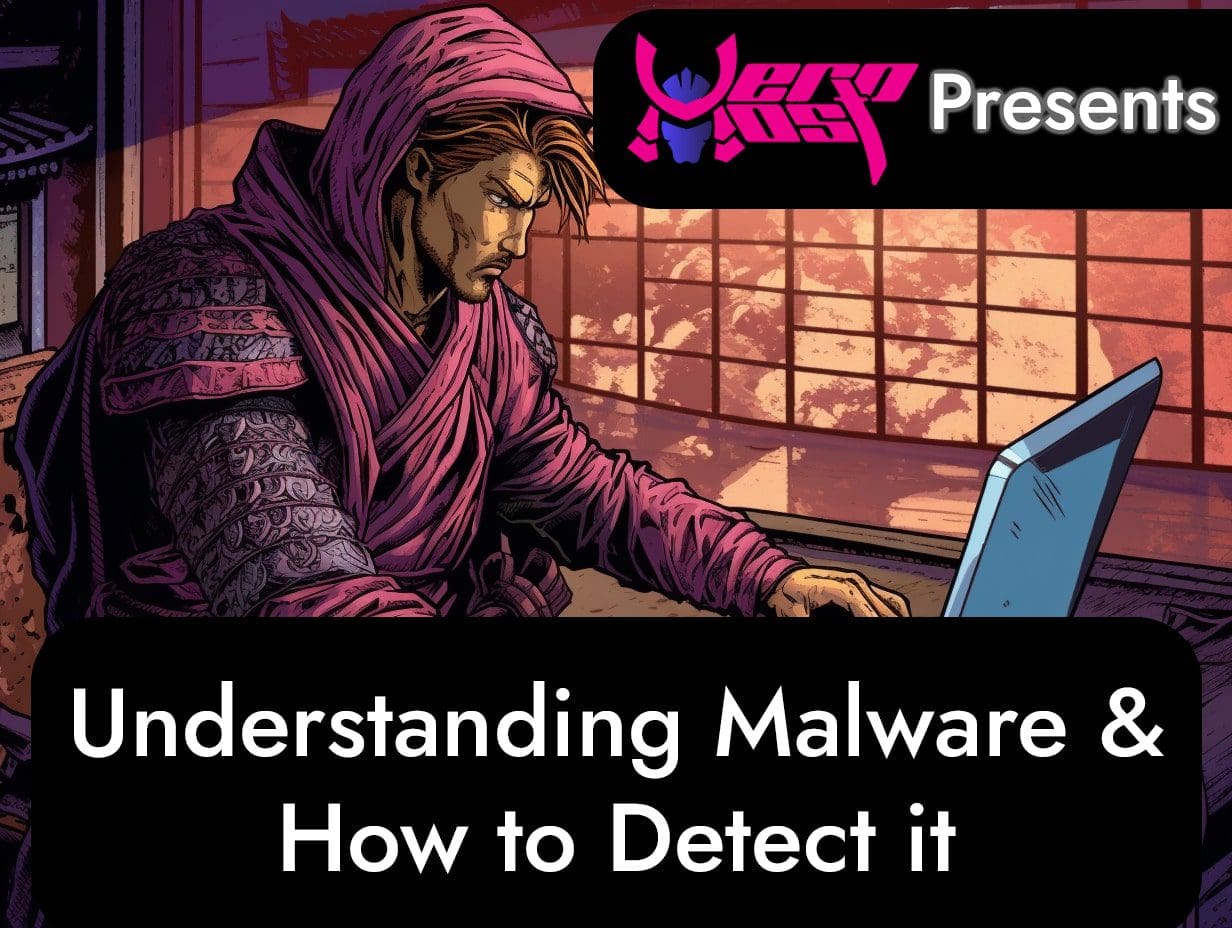How to Spot Malware: A 101 Guide to Malware Detecting
- Home
- Hack or Not
- How to Spot Malware: A 101 Guide to Malware Detecting

- Mikey Ryu
- September 19, 2023
- 0
How to Spot Malware: A 101 Guide to Malware Detecting
Spotting Malware
In today’s digitally connected world, malware has become a pervasive and persistent threat to our online security and privacy. Malicious software, or malware, is designed to infiltrate our devices, steal sensitive information, disrupt operations, and wreak havoc. From viruses and worms to Trojans and ransomware, the range of malware types is vast and ever-evolving. Therefore, knowing how to spot malware is an essential skill for anyone who uses a computer or mobile device. In this comprehensive guide, we will explore the basics of malware detection and equip you with the knowledge to protect yourself and your digital assets.
Understanding Malware
Before diving into the techniques for spotting malware, it’s crucial to understand what malware is and how it operates. Malware is a catch-all term that encompasses a variety of malicious software, each with its own objectives and methods. Here are some common types of malware:
- Viruses: These self-replicating programs attach themselves to legitimate files and spread when those files are executed.
- Worms: Worms are standalone malicious programs that spread through networks, often exploiting vulnerabilities in software.
- Trojans: Named after the Greek mythological horse, Trojans disguise themselves as legitimate software but have malicious functions.
- Ransomware: This type of malware encrypts your files and demands a ransom in exchange for the decryption key.
- Spyware: Spyware secretly gathers information about your online activities, often for malicious purposes like identity theft.
- Adware: Adware displays unwanted advertisements and can lead to a compromised user experience and slower device performance.
Malware Detection Basics
Detecting malware requires vigilance and a combination of technical knowledge and common sense. Here are some fundamental steps and techniques to help you spot malware:
1. Keep Your Software Updated
Malware often exploits vulnerabilities in outdated software. Ensure that your operating system, antivirus software, web browsers, and other applications are up to date with the latest security patches.
2. Use Reliable Antivirus Software
Invest in reputable antivirus software and keep it updated. These programs can help detect and remove malware in real-time.
3. Watch for Unusual Behavior
Pay attention to your device’s behavior. Unexpected crashes, slow performance, excessive pop-up ads, and unexplained data usage can all be signs of malware infection.
4. Monitor Network Traffic
Use network monitoring tools to keep an eye on the data traffic on your network. Sudden spikes in data usage or unusual network activity could indicate malware.
5. Be Cautious with Email Attachments and Links
Malware often spreads through phishing emails containing infected attachments or links. Be wary of emails from unknown senders and avoid downloading attachments or clicking on links unless you’re sure of their legitimacy.
6. Check for Unauthorized Access
Regularly review your accounts for any signs of unauthorized access or unusual activity. Change your passwords if you suspect your accounts have been compromised.
7. Scan Downloads and Attachments
Before opening downloaded files or email attachments, scan them using your antivirus software. This simple step can prevent malware from infiltrating your system.
Advanced Malware Detection Techniques
While the basics can go a long way in helping you spot malware, advanced techniques can provide an extra layer of security. Here are some more advanced strategies:
1. Analyze Task Manager and System Logs
Use your device’s Task Manager or Activity Monitor to identify processes and applications consuming an unusually high amount of system resources. Additionally, examine system logs for any suspicious activities.
2. Employ Intrusion Detection Systems (IDS)
Intrusion Detection Systems can monitor network traffic and alert you to any suspicious or unauthorized activities, providing an early warning of potential malware attacks.
3. Isolate Suspicious Files
If you suspect a file is infected with malware, isolate it from the rest of your system by moving it to a quarantine folder. This prevents the malware from spreading further.
4. Conduct Regular Malware Scans
In addition to real-time scanning by your antivirus software, perform regular manual malware scans of your system. This can help catch any malware that may have evaded initial detection.
5. Educate Yourself
Stay informed about the latest malware threats and tactics. Knowing the current trends in malware can help you recognize new and emerging threats.
Signs of Malware Infection
While there are various types of malware, they often exhibit common signs of infection. If you notice any of the following symptoms, your device may be compromised:
- Sluggish Performance: A sudden decrease in device speed and responsiveness.
- Unwanted Pop-Ups: Frequent and intrusive pop-up ads or notifications.
- Changes to Browser Settings: Altered homepage, search engine, or extensions without your consent.
- Unexplained Data Usage: A significant increase in data usage without changes in your online habits.
- Missing or Corrupted Files: Files disappearing or becoming inaccessible.
- Disabled Security Software: Your antivirus or firewall software is turned off without your knowledge.
- Unauthorized Account Access: Suspicious activities on your online accounts, such as unauthorized purchases or password changes.
What to Do if You Suspect Malware
If you suspect your device is infected with malware, take immediate action:
- Disconnect from the Internet: Unplug your device from the network to prevent the malware from communicating with its command and control server.
- Run a Full Malware Scan: Initiate a full system scan using your antivirus software.
- Quarantine and Remove: If malware is detected, quarantine and remove it using your antivirus software’s instructions.
- Change Passwords: Change your passwords for all online accounts to prevent unauthorized access.
- Seek Professional Help: If the malware persists or if you’re uncertain about the removal process, consider consulting a professional IT expert.
Conclusion
Malware is a persistent threat in the digital age, but with knowledge and vigilance, you can spot it before it wreaks havoc on your devices and data. By following the steps and techniques outlined in this guide, you’ll be better equipped to protect your digital life from the ever-evolving landscape of malware threats. Remember, prevention and early detection are key to safeguarding your online security and privacy.
Search
Categorys
- Branding (12)
- Business Growth Guides (3)
- Business Insights (3)
- Content Marketing (43)
- Domain Authority (19)
- Email Marketing (28)
- Google Analytics & Search Console (5)
- Hack or Not (2)
- Hero Host News (0)
- Inbound Marketing (32)
- Lessons From Asia (40)
- Marketing Guides (11)
- Martial Arts Journey (14)
- Outbound Marketing (8)
- Search Engine Optimisation (SEO) (41)
- Social Media Marketing (38)
- Web Design (20)
- Website Hosting (4)
- Wordpress (2)




